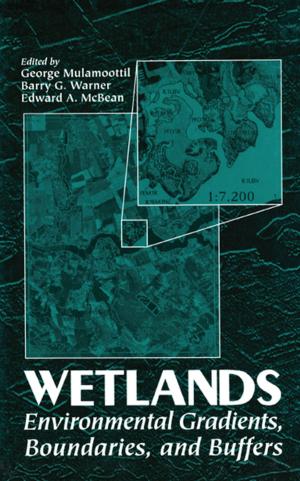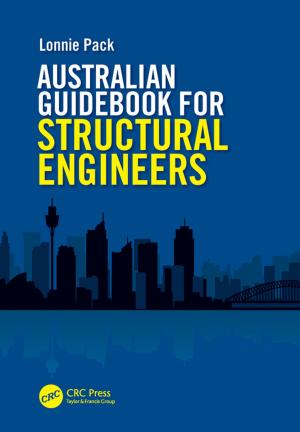Construction in the Landscape
A Handbook for Civil Engineering to Conserve Global Land Resources
Nonfiction, Science & Nature, Technology, Construction & Construction Trades, Engineering, Civil| Author: | Carpenter T.G. | ISBN: | 9781136539565 |
| Publisher: | CRC Press | Publication: | June 25, 2012 |
| Imprint: | Routledge | Language: | English |
| Author: | Carpenter T.G. |
| ISBN: | 9781136539565 |
| Publisher: | CRC Press |
| Publication: | June 25, 2012 |
| Imprint: | Routledge |
| Language: | English |
Construction in the Landscape describes the impact of construction on the land and landscape where it takes place. Geographical coverage is necessarily global to reflect the great variation both in people‘s economic and social needs and in the shortage or abundance of natural resources. Part I introduces both land resources, whether used for agriculture, human settlement or mineral extraction or conserved as scenery, wildlife habitat or for the undefined needs of future generations; and construction, its products, skills, processes and impacts on land resources. Part II describes specific forms of civil engineering - from landform adaptation, through dams and river control works, coastal construction and transport infrastructure to particular types of structure such as bridges, towers and power stations, or the layout of complete settlements. Part III deals with regional planning of construction and land use in different geographical circumstances - from fine scenery, through rural countryside to city and suburban development - and to the sort of land arrangements that may be sustainable for an increased but hopefully more civilized human population a century hence.
Construction in the Landscape describes the impact of construction on the land and landscape where it takes place. Geographical coverage is necessarily global to reflect the great variation both in people‘s economic and social needs and in the shortage or abundance of natural resources. Part I introduces both land resources, whether used for agriculture, human settlement or mineral extraction or conserved as scenery, wildlife habitat or for the undefined needs of future generations; and construction, its products, skills, processes and impacts on land resources. Part II describes specific forms of civil engineering - from landform adaptation, through dams and river control works, coastal construction and transport infrastructure to particular types of structure such as bridges, towers and power stations, or the layout of complete settlements. Part III deals with regional planning of construction and land use in different geographical circumstances - from fine scenery, through rural countryside to city and suburban development - and to the sort of land arrangements that may be sustainable for an increased but hopefully more civilized human population a century hence.















